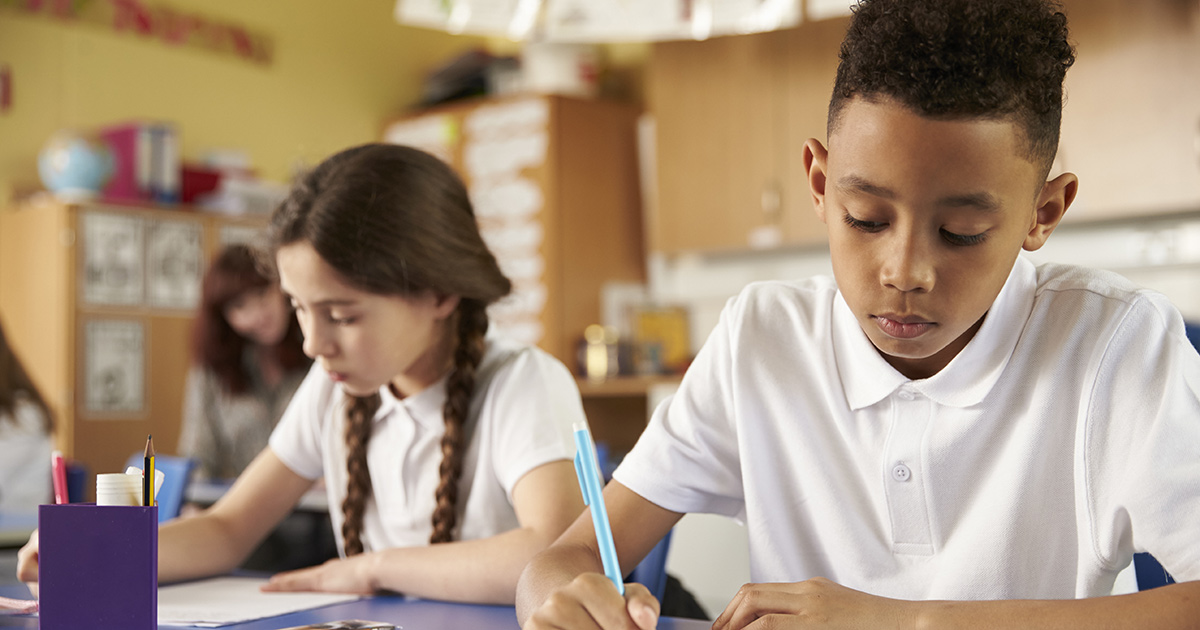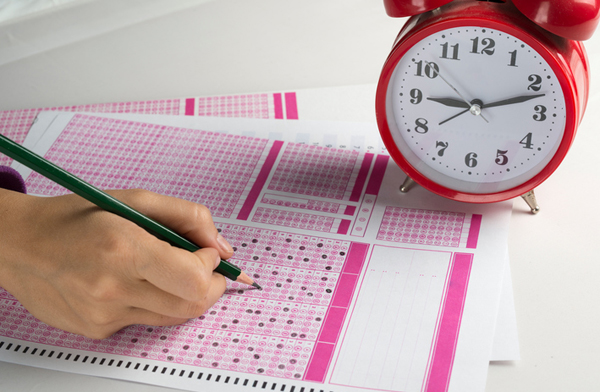
Assessment Tools
Latest Articles

Education Test Developer: Education, Salary, and Outlook

How to Write a Great Recommendation Letter for a Student

How Teachers Can Create an Equitable Grading System

Interesting Writing Assignments That Take Students Beyond the Essay

When is Differentiation Detrimental?

How to Make Student Assessments Useful and Productive

How Do We Actually Know a Lesson Went Well?

Instructional Rounds: Not Just for Administrators

Problem-Based Learning: 4 Practical Issues Teachers Need to Deal With

6 Ways Students Can Reduce Stress Before Big Tests

Test Anxiety: Reducing Stress on Students

Turn on, Tune in, Opt out: America’s Complex Relationship with Standardized Testing

Self-Placement: Helping Honors Students Thrive when They Choose High-Level Courses

Let Students Choose Alternative Assessments and Watch their Creativity Bloom
